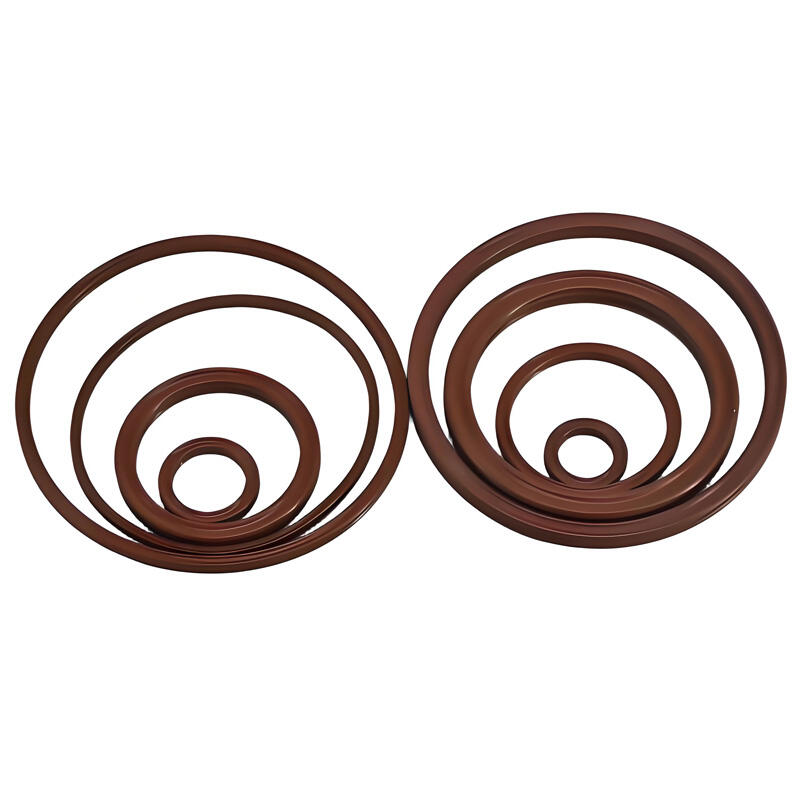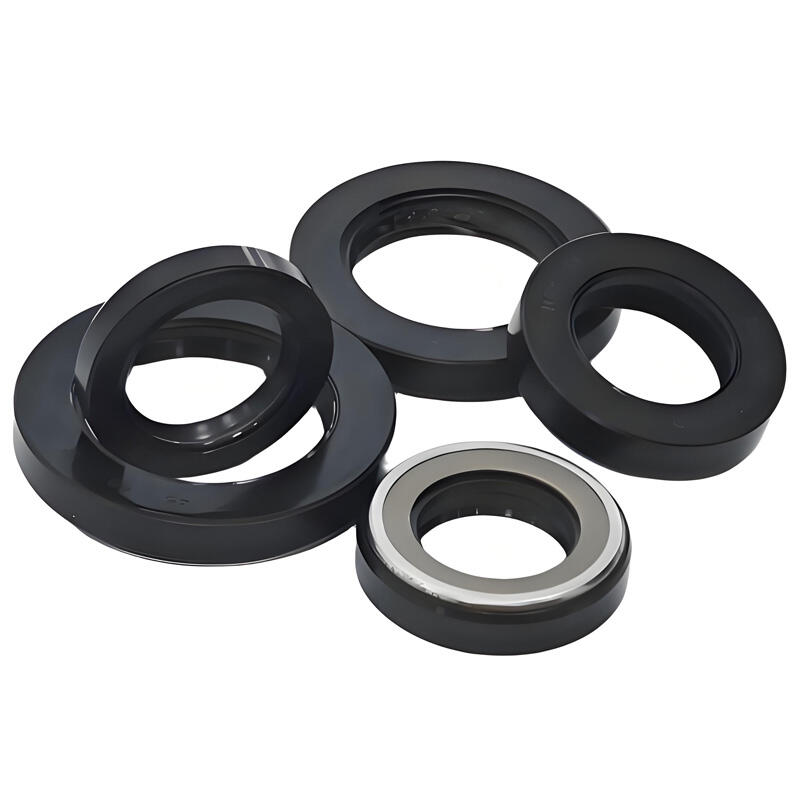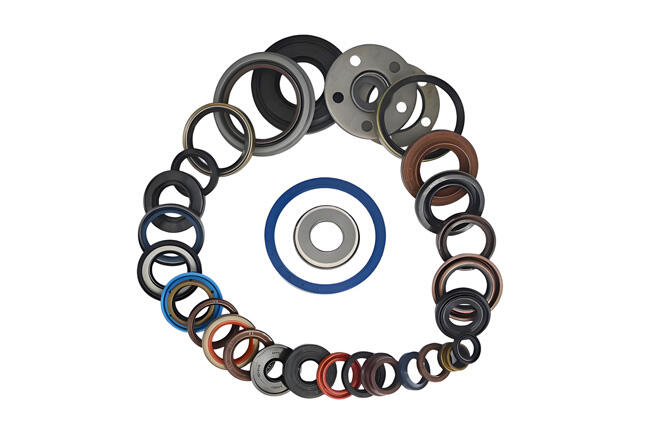pneumatic piston seals
Pneumatic piston seals are essential components in fluid power systems, designed to prevent leakage and maintain pressure within pneumatic cylinders. These specialized seals create an effective barrier between the piston and cylinder wall, ensuring optimal system performance and efficiency. Modern pneumatic piston seals incorporate advanced materials such as polyurethane, PTFE, and NBR rubber, each chosen for specific operating conditions and requirements. The seals function by maintaining constant contact with the cylinder wall while allowing smooth reciprocating motion of the piston. They are engineered to withstand various pressures, temperatures, and speeds while minimizing friction and wear. The design typically includes primary and secondary sealing elements, with the primary seal handling the main pressure differential and the secondary seal providing backup protection. These seals are crucial in maintaining system efficiency by preventing air leakage, which could otherwise lead to energy losses and reduced performance. Their applications span across numerous industries, including manufacturing equipment, automation systems, pneumatic tools, and transportation systems, where reliable air pressure control is essential for operation.


